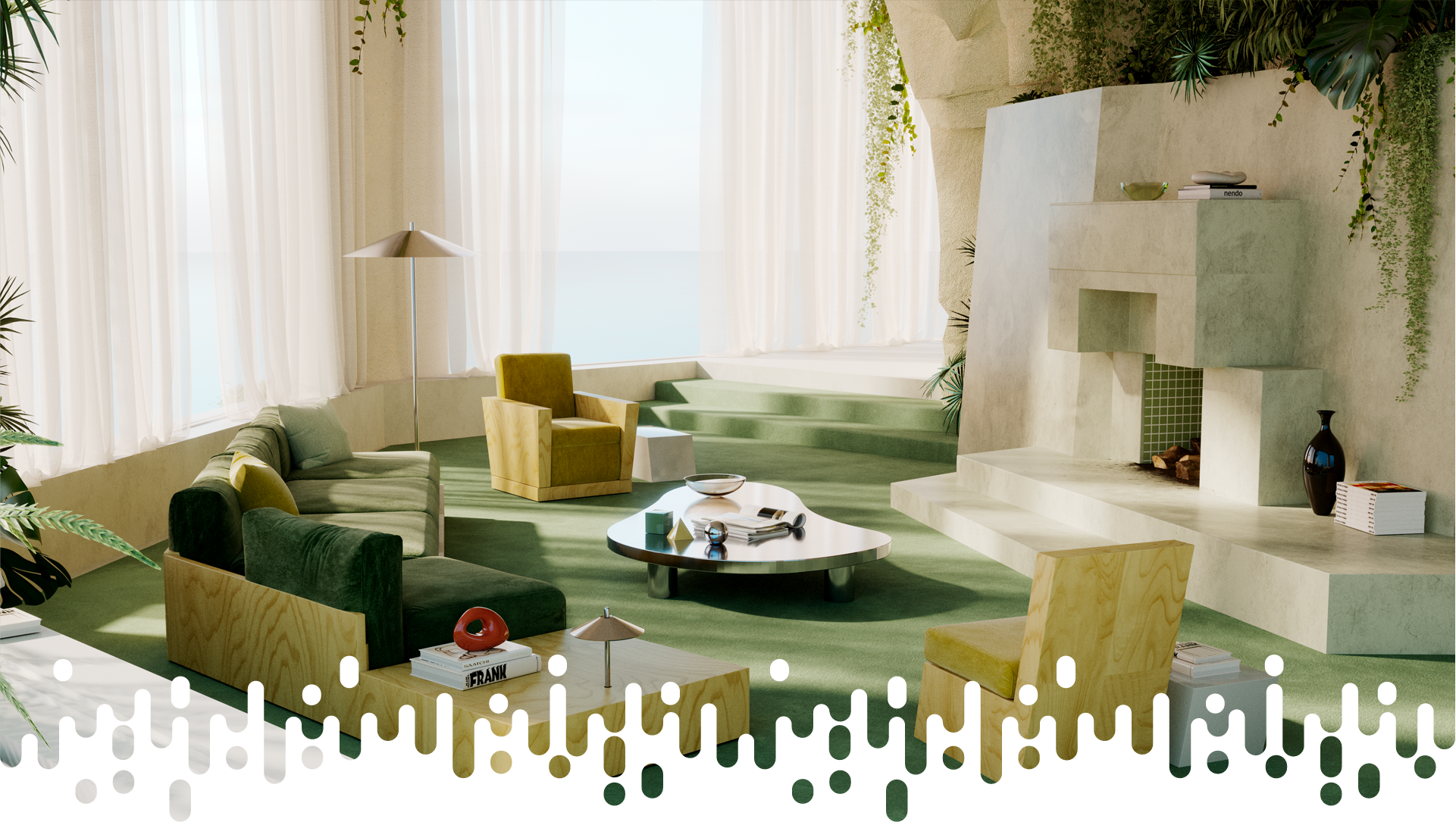
CHARLOTTE TAYLOR
Defying traditional categorization has been a constant in the oeuvre of Charlotte Taylor, a luminary in the world of visual arts and digital design. Her mesmerizing animations extend an invitation to dream of spaces uncharted by classical architecture. A profound appreciation for collaboration also lies at the core of her creative ethos. As the founder of Maison de Sable, she has carved out a space for creatives and thinkers to defy the confines of creativity.
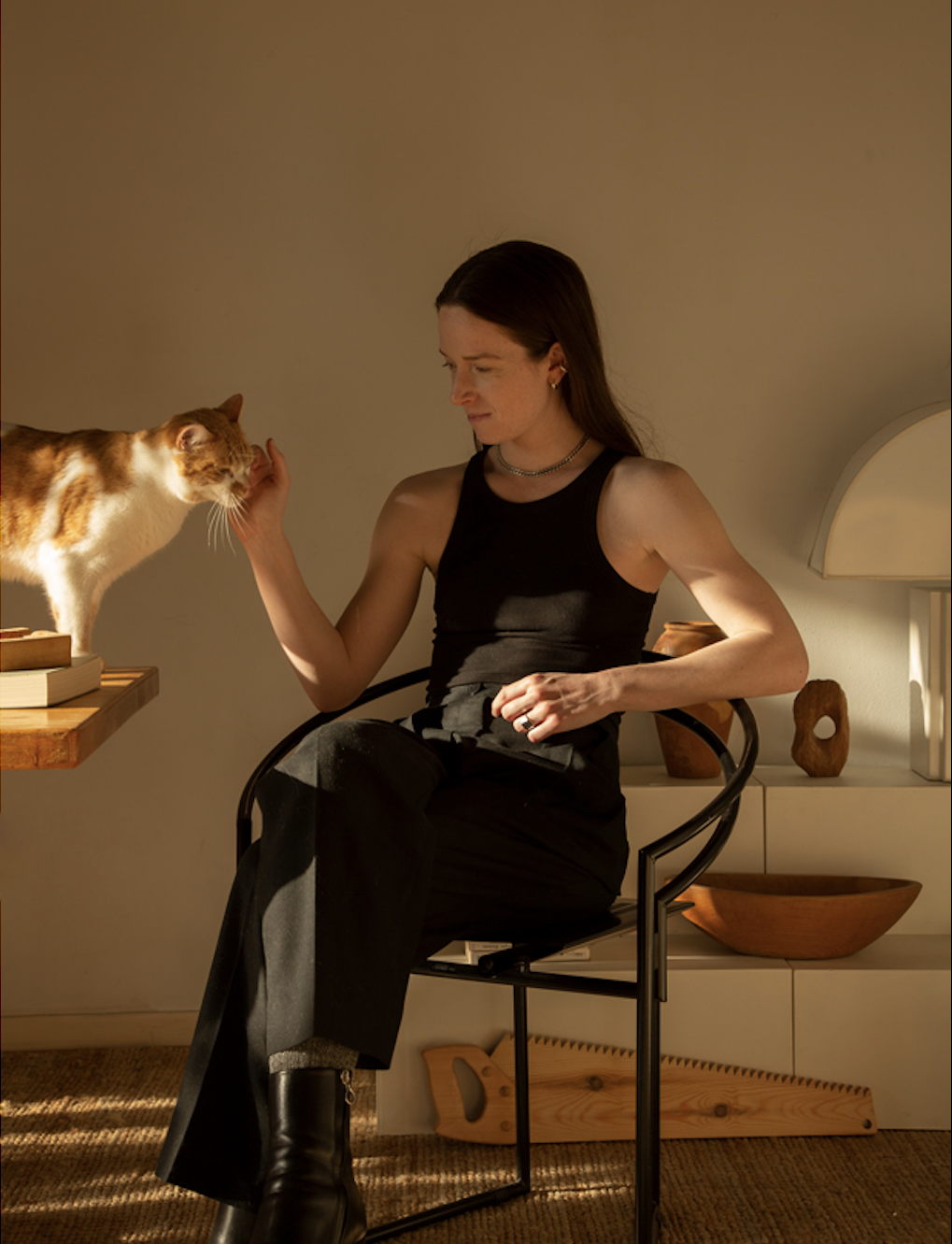
Charlotte Taylor is a British visual artist fearlessly pushing the boundaries of design and architecture to sculpt ethereal, entrancing worlds. From furry homes to sunken lounges, and futuristic pavilions to villas lost in the oasis, coziness inhabits all of her almost-realms, seemingly impossible in their perfection. These realms blur the line between fiction and reality and are a genuine celebration of the act of living.
Her inaugural book, ‘Design Dreams,’ provides readers with a glimpse into a collective exploration of architectural space, offering a shared, playful, and surreal approach to design.
Having studied both design and fine art, what do you enjoy the most about your creative process?
My favorite thing in the creative process has to be getting lost in it, whether it is a drawing or a book. That moment when you go down this complete rabbit hole, experiencing pure excitement about what you have discovered, and you want to explore it further. Hours can pass, and I’ll be surrounded by sketches and open books everywhere. It is that spark that makes you dive into something and develop ideas.
What do you find the most challenging?
My process in both fine art and design has been somewhat indistinguishable from one another, sort of interchangeable and fluid for me. Whilst my practice is very collaborative in nature, a lot of my working hours are actually spent alone, and I find it quite hard to self-assess work, to know when something is finished, or really appreciate when it is done or good. It is really hard to take a step back and slow down when the dialogue is almost purely in your own head.
Maison de Sable involves different visual artists. How do you think collaboration between creatives can help blur the lines between different disciplines?
I hugely value collaboration, it has been essential in my projects and practice for years now. Bringing together creatives and thinkers in fields noot deemed classically creative is important, in my opinion, to create innovative and exciting ideas. The intersection between different disciplines, backgrounds and perspectives allows space to form something entirely new, beyond what one person or discipline could imagine. Varied education and background perspectives provide different ways to approach the same problem.
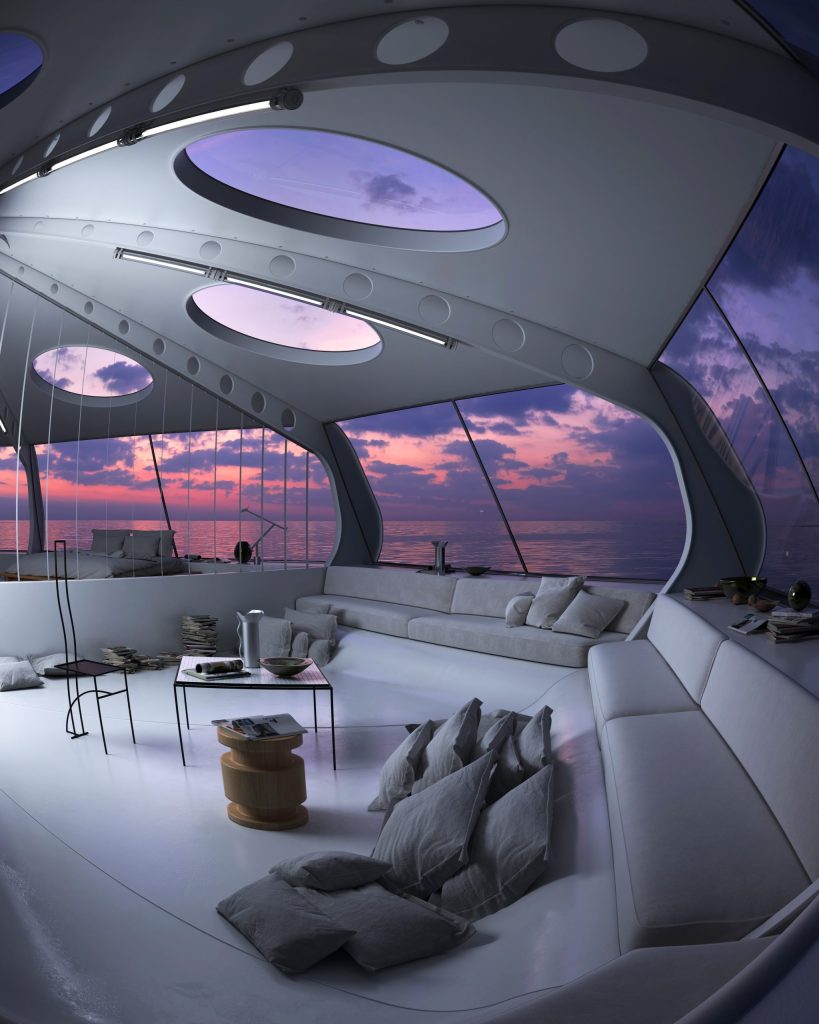
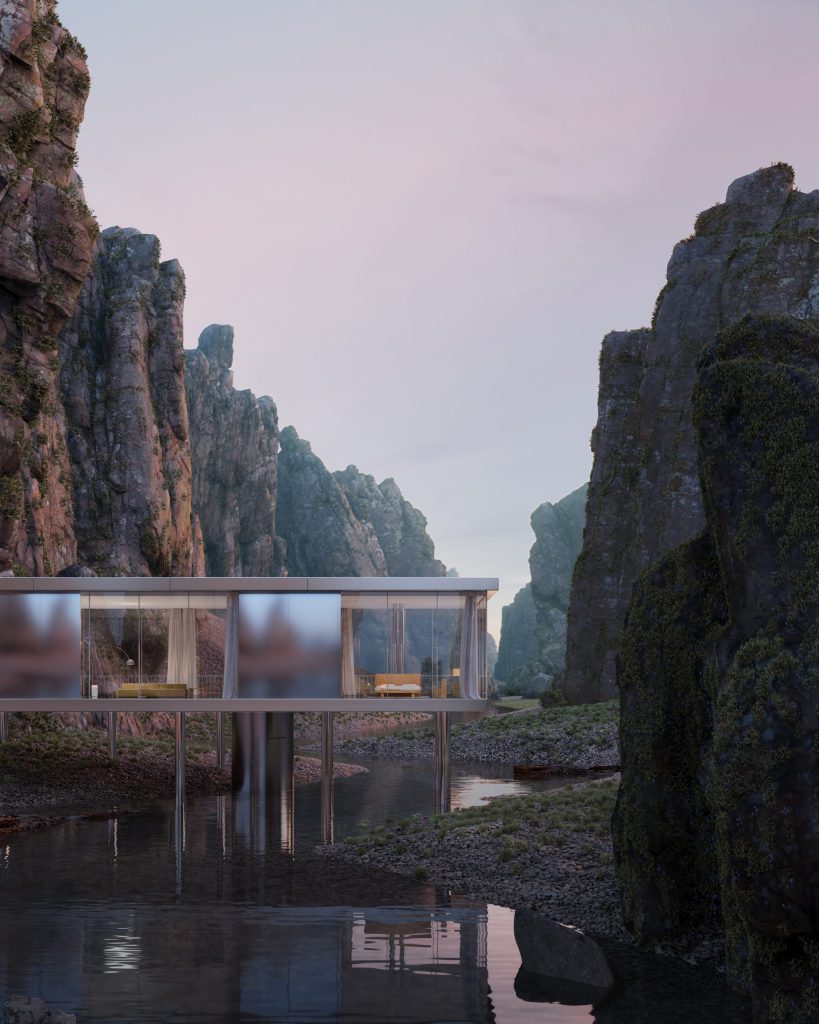
Being a digital designer blending architectural drawings with illustrations to create 3D animations and renders, what role does technology play in your work, and why is it key?
What inspired you to curate your new book, ‘Design Dreams’? What can readers expect?
Is the digital world taking over the ‘real’ or physical world? How do you think both can coexist, and what can this bring to the creative world?
What advice do you have for aspiring creatives looking to explore multiple disciplines?
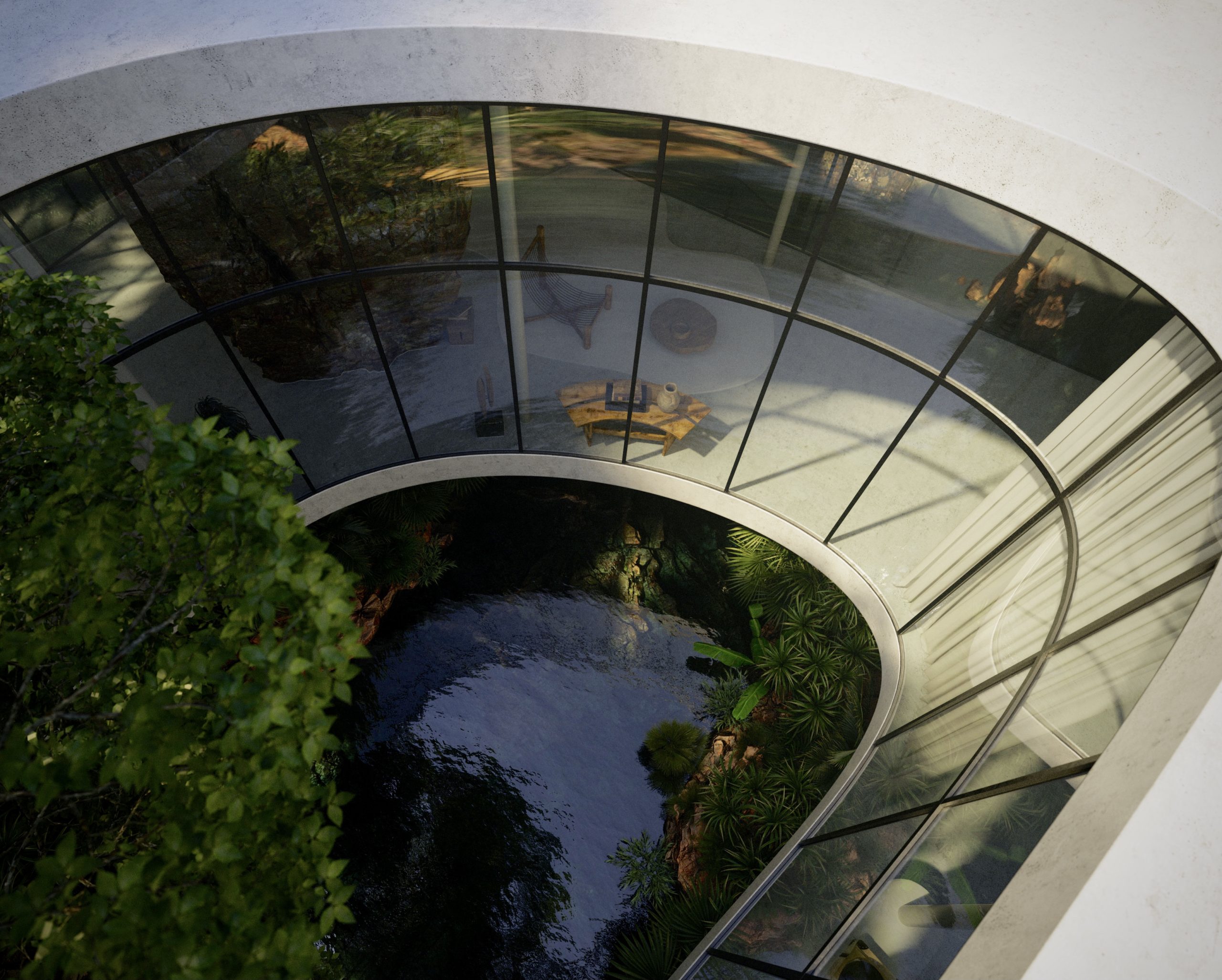

 CA
CA
 ES
ES